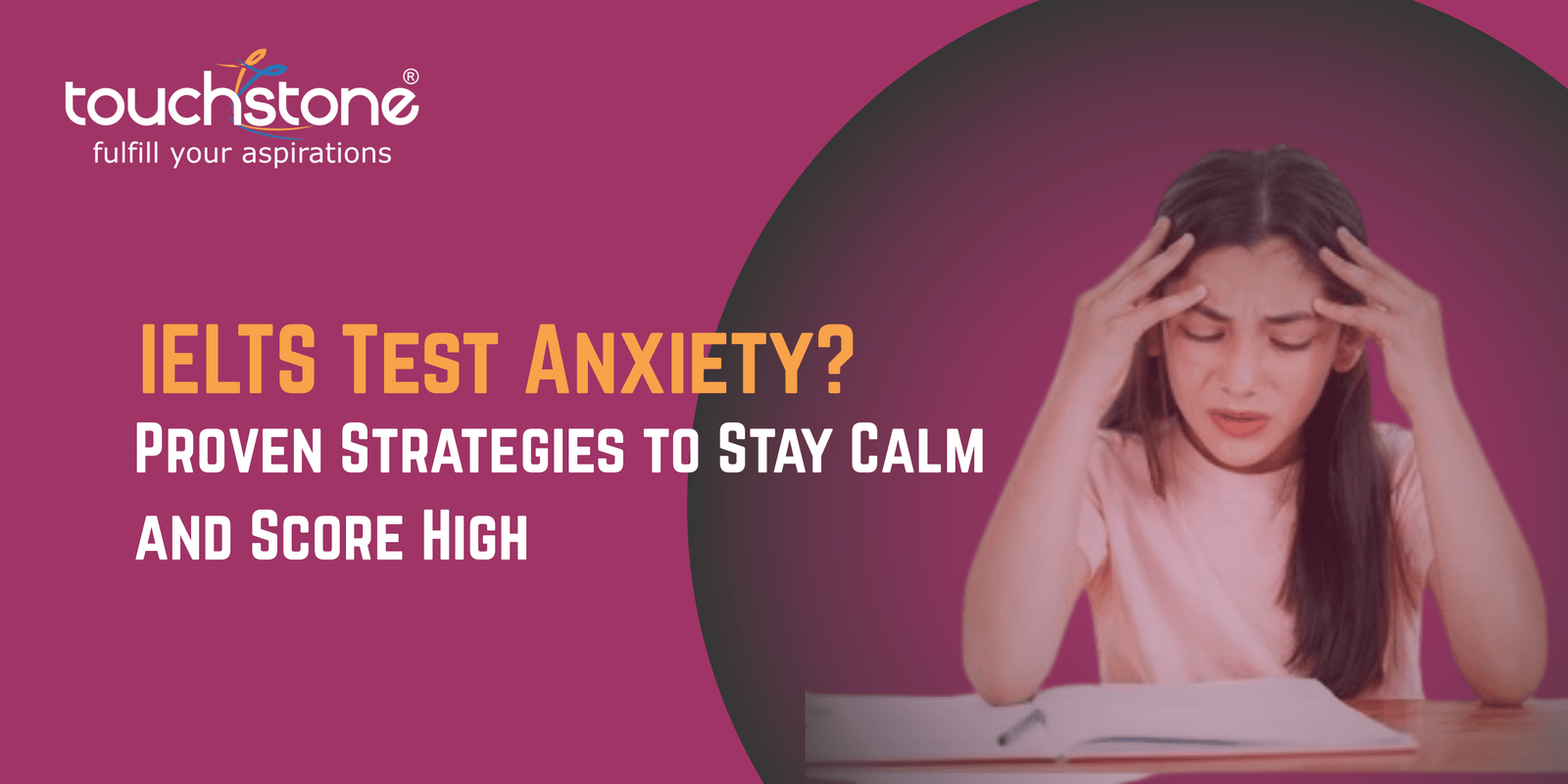IELTS listening in detail
Paper format
IELTS listening contains 4 sections with 10 questions each. The questions are designed in such a format that the answers appear in the order they are heard in the audio.
The first two sections deal with situations set in everyday social context.
In section 1, the conversation happens between two speakers.
In section 2, there is a monologue.
The final 2 sections deal with situations set in the educational & training context.
In section 3, the conversation happens between two main speakers.
In section 4, there is a monologue based on an academic subject.
Timing
Approximately 30 minutes (plus 10 minutes transfer time)
Number of questions
40
Task types
A variety of question types are asked mainly: matching, multiple choice, map/plan/diagram labeling, sentence completion, form/note/table/flow-chart/summary completion, fill in the blanks, one to 4 word answer questions.
Marks
Each question carries 1 mark.
Task type 1- Multiple choice
Task type and format
In multiple choice tasks, there is a question followed by three possible answers or the beginning of a sentence followed by three possible ways to complete a sentence. Test takers are required to choose one answer- A, B,C or D
Sometimes, the test takers are provided a longer list of possible answers and asked to choose more than one. In this case, they should read the questions carefully to check the answers required. Every correct choice carries 1 mark.
Task focus
Ability to find correct information from the available information.
Task type 2- Matching
Task type and format
Test takers are required to match a list of items from the text in audio to options given on the question paper. The set of options may be criteria of some kind.
Task focus
Matching assesses
Number of questions
Variable
Task type 3- Plan, Map, diagram labeling
Task type and format
Under this section, the test takers are required to complete labels on a map, plan, or a diagram. The answers are usually selected from a list given on the question paper.
Task focus
Ability to understand.
Number of questions
variable
Task type 4- Form, note, flow-chart, table, summary completion
Task type and format
Under this, test takers are required to fill in the gaps in an outline of part or of the complete listening text.
The outline focuses on the main ideas given in the text. It may be:
1. A set of notes
2. A form
3. A table
4. A flow-chart
Test takers have to select their answers from a list on the question paper or identify the missing words from the recording adhering to the word limit stated in the instructions. They don’t have to change the words from the recording under any circumstances.
Number of questions
variable
Task type 5- Sentence completion
Task type and format
Test takers are required to read a set of sentences summarising key information from the text in the audio. Then they fill the gap in each sentence using information from the listening text.
Test takers are required to maintain the word limit else they are penalised.
Task focus
The ability to identify the given information.
Number of questions
Variable
Task type 6- short answer questions
Task type and format
Test takers are required to read a question and then write a short answer using information from the listening text. They are also required to maintain word limit else they are penalised.
Task focus
The ability to listen for concrete facts such as places, times or prices within the listening text.
Number of questions
Variable
in Touchstone and prepare for your IELTS test in the best possible ways. Our experts will guide you right and help you attain the required bands. For more information call us at 1800-137-3737 or visit www.touchstoneedu.com








